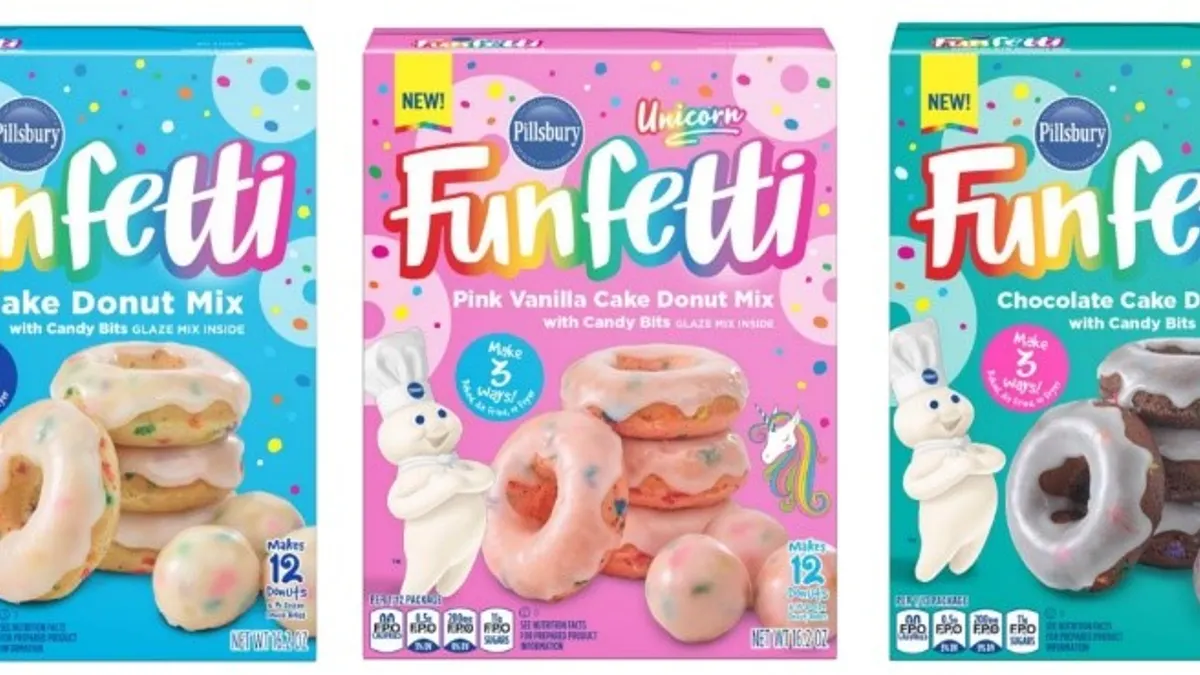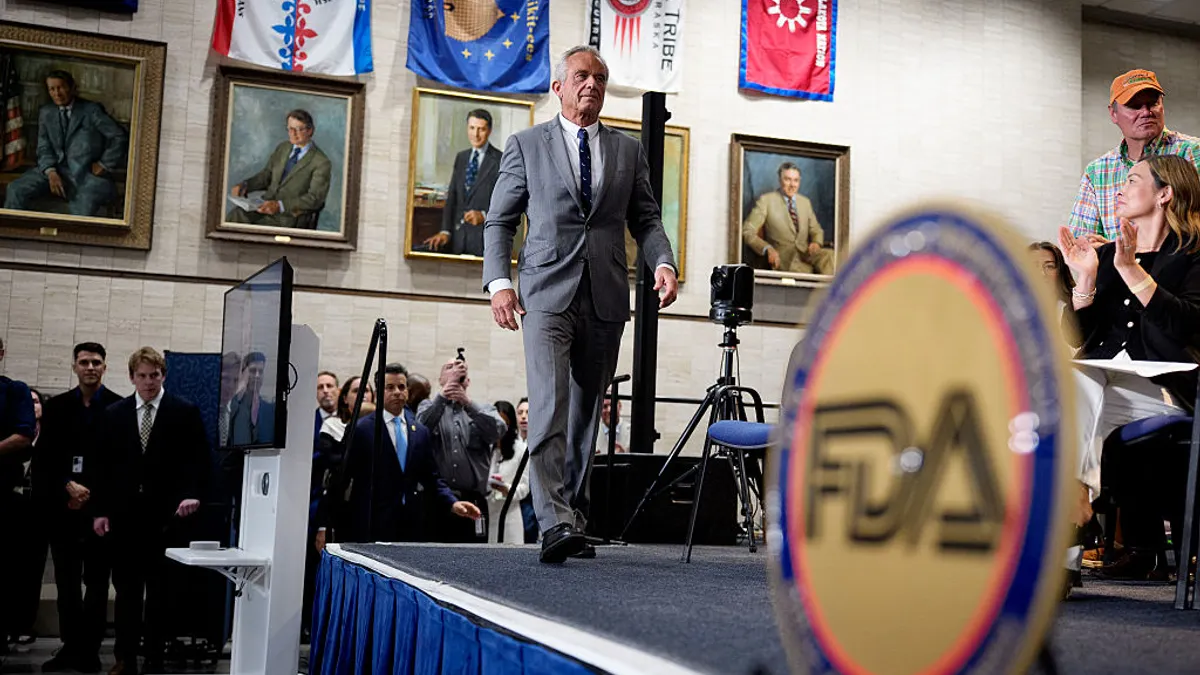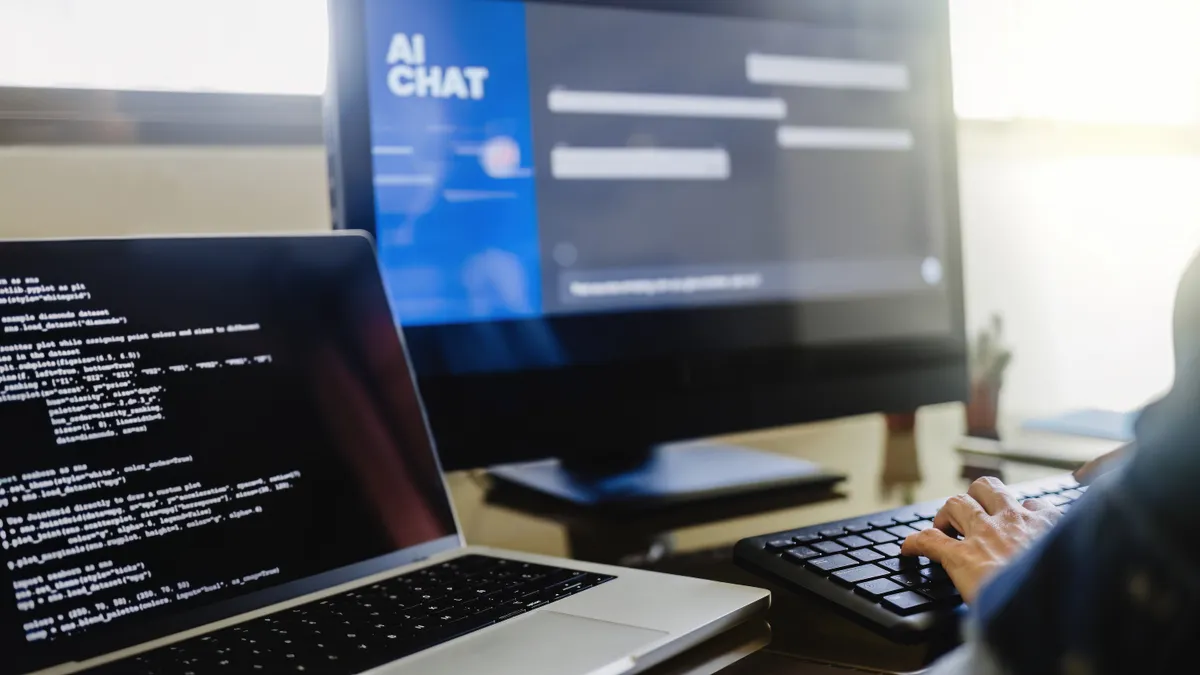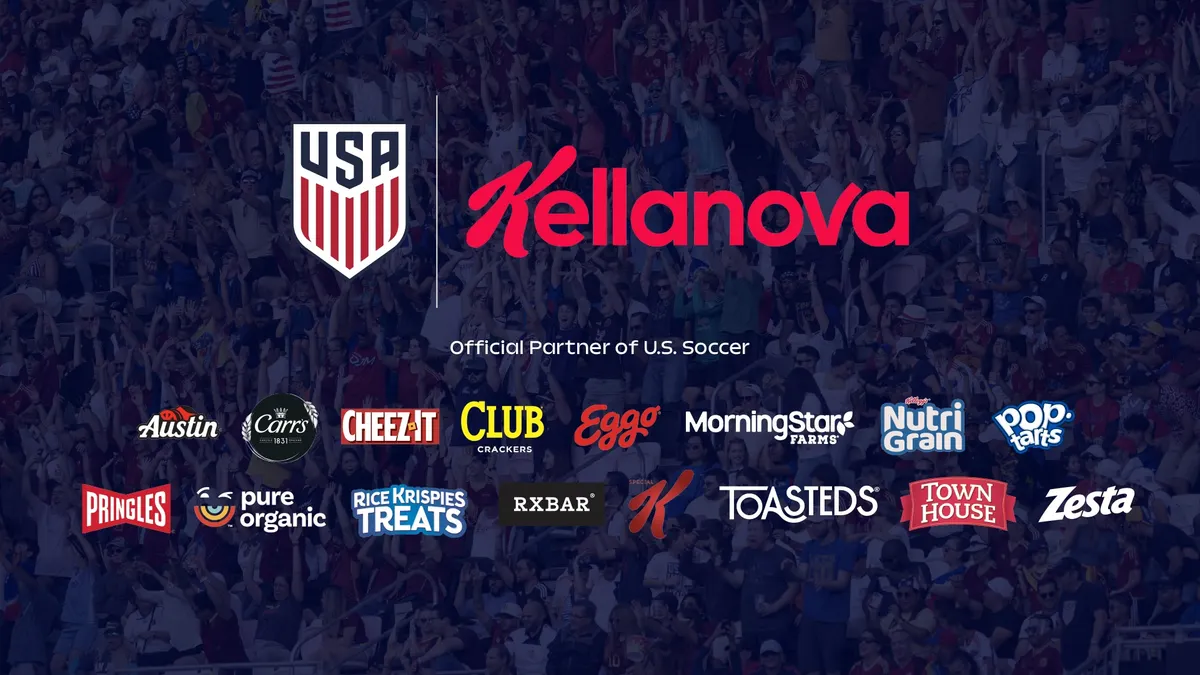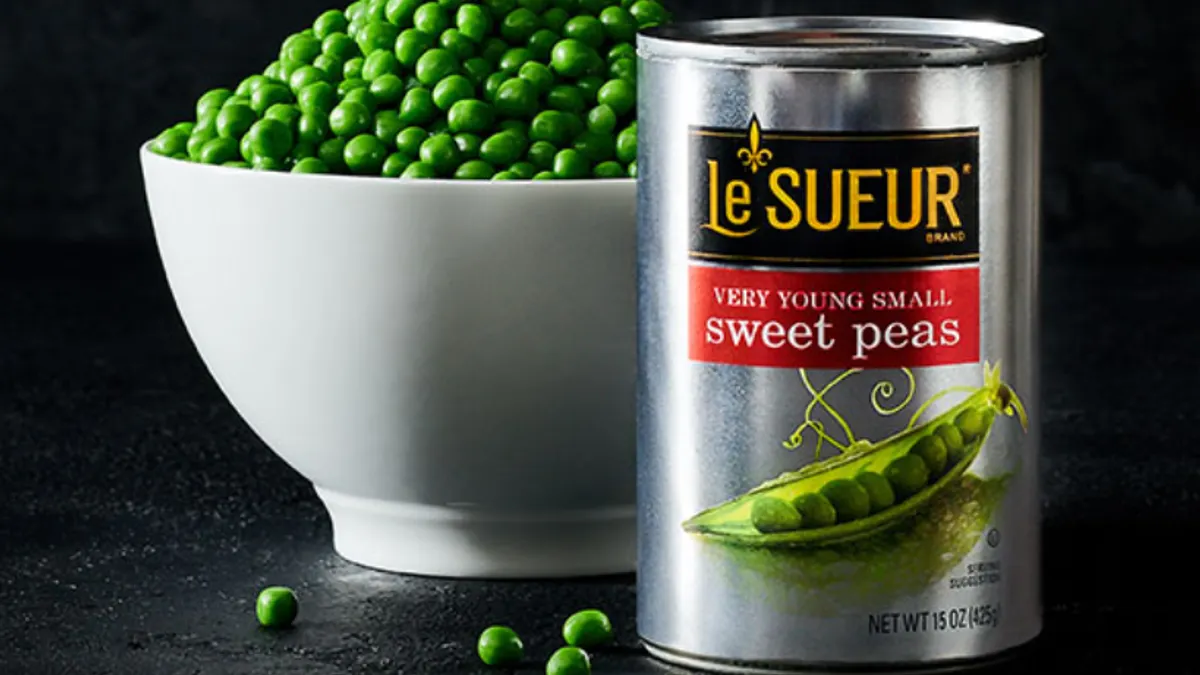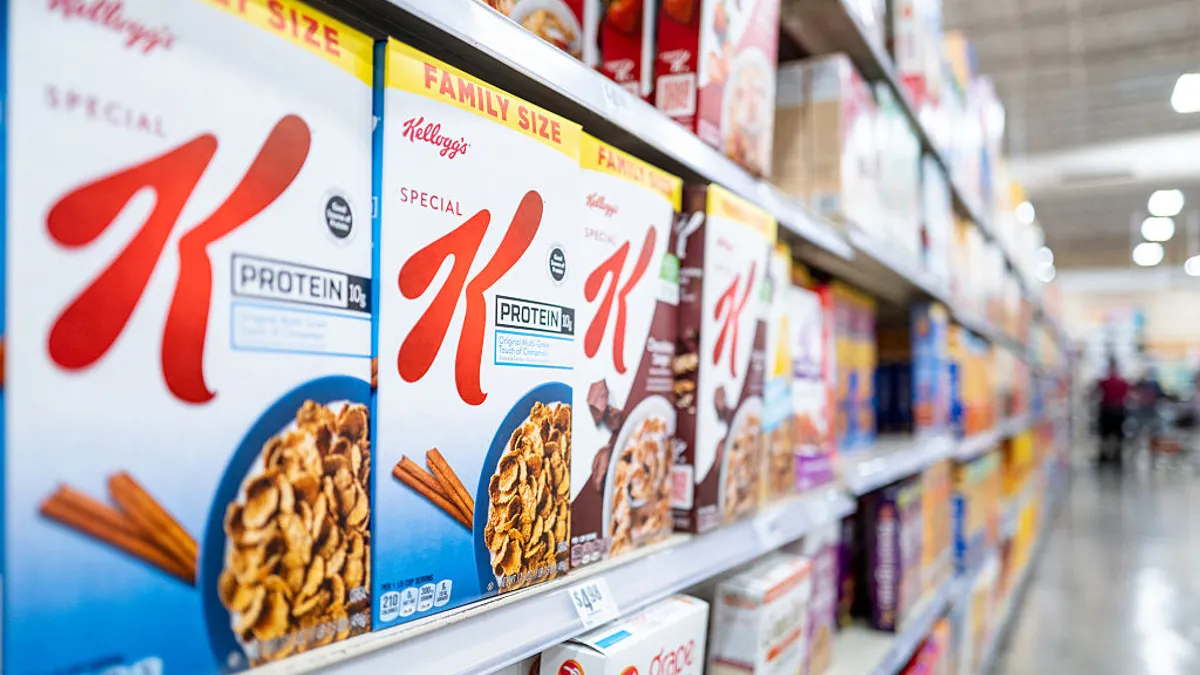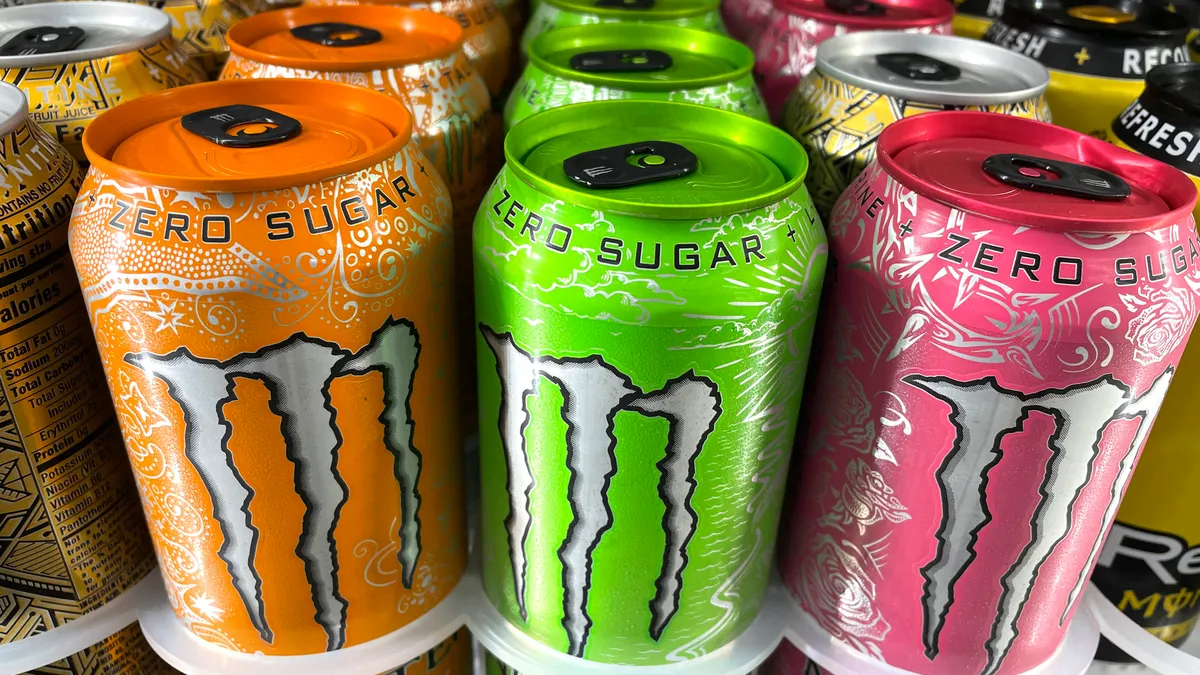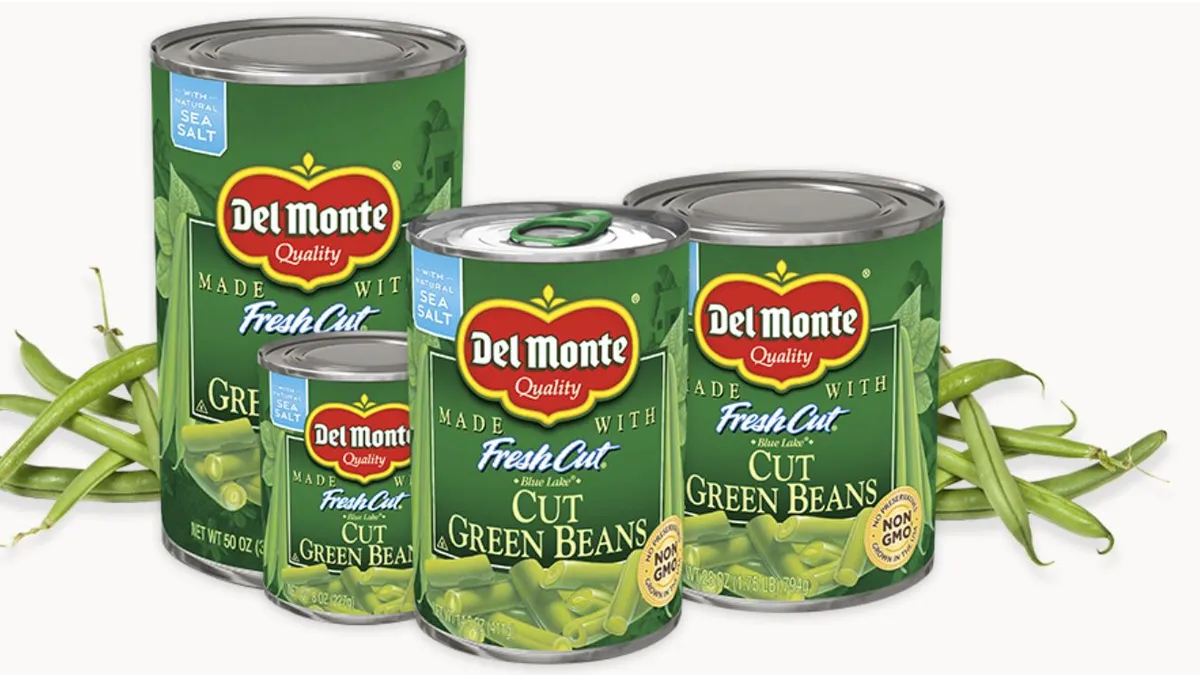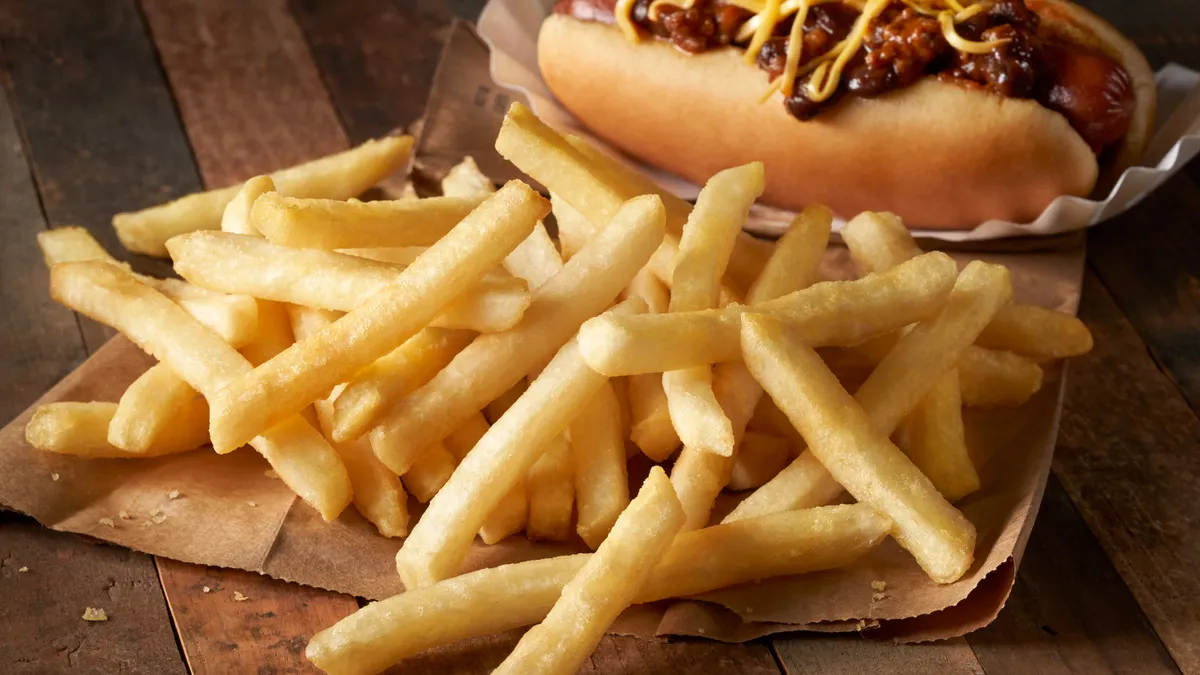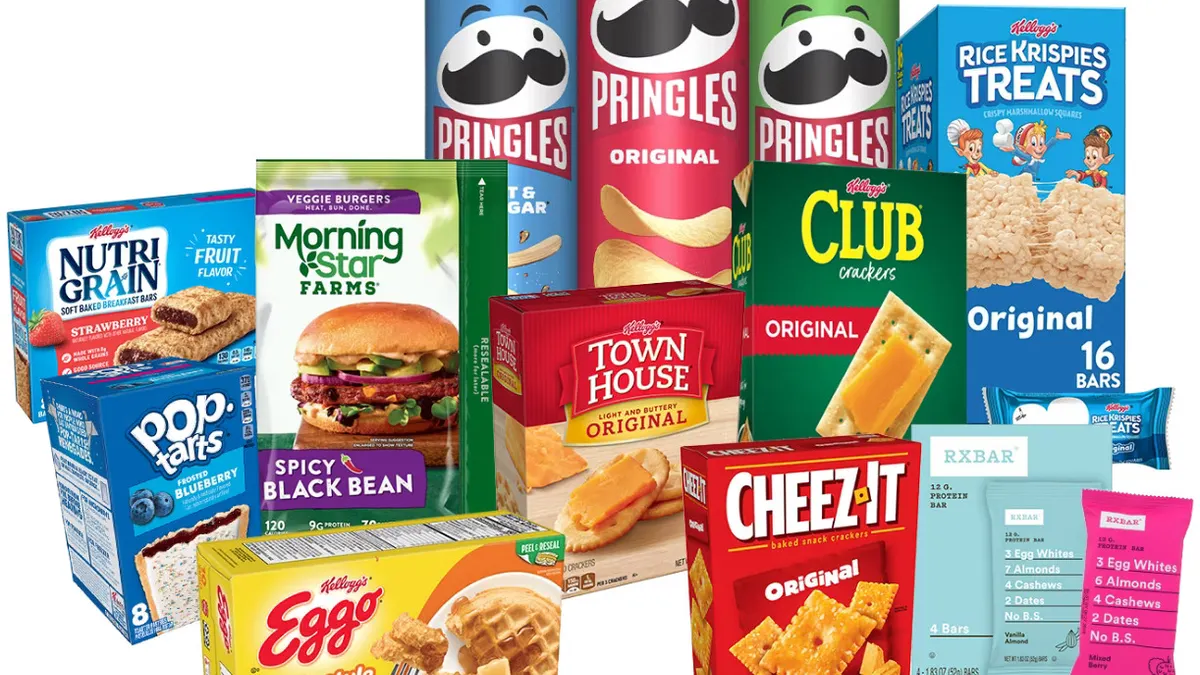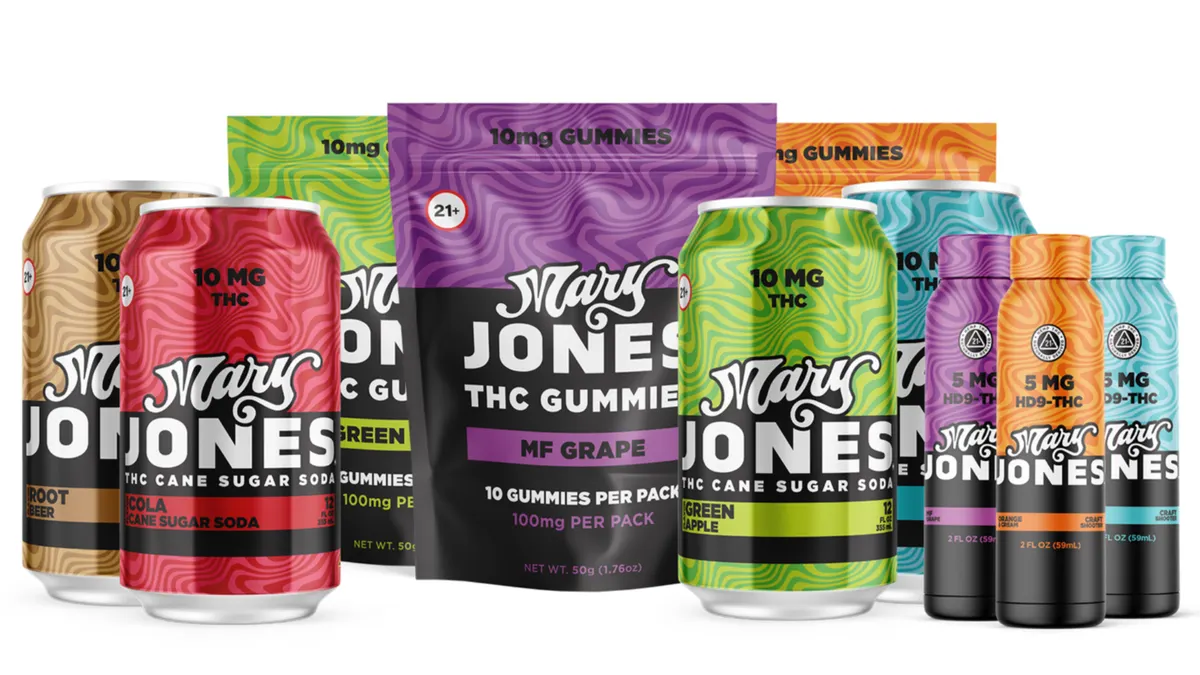The fast pace of deal-making in the food and beverage space has recently put the spotlight on Brynwood Partners.
The private equity firm has been one of the most active buyers and sellers in the food and beverage space this year. It divested SunnyD maker Harvest Hill Beverage Company for roughly $1.5 billion in May and followed that up one month later with the acquisition of Chef Boyardee from Conagra Brands for $600 million. Henk Hartong, Brynwood’s CEO, told Food Dive more deals could be on the horizon.
Throughout its 41-year history, the firm has carved out a prominent niche in food and beverages with a portfolio that prioritizes popular brands including Pillsbury, Hungry Jack, Martha White and Funfetti.
Brynwood’s strategy is to identify brands that are no longer priorities at large food manufacturers, then find ways to rejuvenate sales through new marketing and product innovations.
Sales of Sunny D, for example, doubled in the nine years Brynwood owned the brand as it expanded availability of small format sizes to capture on-the-go consumers. It also extended the drink into new categories, such as alcohol through the launch of an RTD cocktail.
Hartong recently sat down with Food Dive to discuss what Brynwood looks for in an acquisition target, its approach to reinvigorating purchased brands and the current market for dealmaking.
This interview has been edited for brevity and clarity.
FOOD DIVE: What attracted you to Chef Boyardee and how does that acquisition reflect Brynwood Partners’ broader strategy?
Henk Hartong: At the foundation of every new opportunity that we look at, we're trying to identify whether they're businesses or brands, and whether they're standalone or corporate carve-out opportunities that allow us to combine our operating skills with our investing skills to accelerate performance.
This strategy tends to lend itself well to non-strategic, non-core brands of large corporations. Large companies can't do everything, and so they have to pick and choose their places.
Oftentimes, brands with a tremendous amount of equity and potential are deeper in the larger organization for what can be very good strategic reasons. But that creates an opportunity for someone like us to apply those fixes to these unique situations and bring life, innovation and energy to a business that was otherwise waiting in line for those attentive details.
What do you look for when it comes to a brand that you might be interested in acquiring?
We sell to the masses, not to the classes. And one of the benefits of buying some of these mainstream products is that many people in the investment community look at these brands or businesses as things that wouldn't fit their personal lifestyle, but for most Americans, they're critically important. And I think that gives us an advantage.
In the case of Sunny D, people said, ‘Henk, what are you doing?’ That was 12 years ago. I obviously didn't believe in what those people thought. I thought we could take a brand with incredible equity, a mainstream American product, and reinvigorate it with all the things that it wasn't getting.
At the time we acquired it, if you ask somebody in 2015, “Hey, I just bought Sunny D,” your general answer was, “I used to drink Sunny D. I used to drink that when I was a kid, or I used to drink that so many years ago.” Our whole focus was, how do we get that response to not start with, “I used to.” Now, today, if you ask someone, they’re like “Oh, that brand is so cool. All that new product is amazing.” We got rid of “I used to.”
If you talk to someone about Chef Boyardee right now, your first response is, typically, “I used to eat that as a kid. I used to eat that when I was in college.” Whatever specific correlation somebody has with the brand is a reflection on a past experience. So you have all that equity nostalgia that's kind of boxed up in a non-core operating strategy applied by the previous owners. It lends itself well to what we think we can do with the business.
Then part of the process of doing that is that we have been focusing on how do we create different opportunities for lapsed consumers to experience [Chef Boyardee] in different parts of the store with logical adjacencies to the traditional canned pasta and microwavable cups, which is the lion's share of the business as it exists today.
Embracing and strengthening those performances are critically important to our success. A big path for our growth will be taking the equity of Chef Boyardee and creating it in different formats that allows us to reintroduce the brand to lapsed consumers, so that the next time we ask them, in X number of years, they talk about, “Oh, I love your new product,” and the “I used to eat it” is no longer the way they reflect on their experience with the brand.
Even before Brynwood closes an acquisition, you are already outlining what you will do with the brand once it’s acquired. What was the approach with Chef Boyardee?
One thing you'll universally hear from our customers is how important Chef Boyardee is to them because it provides a mainstay meal at a very affordable price with a quality product that's hearty and nutritious and filling. That plays a critical role at a time when a lot of families are having a hard time finding ways to make ends meet.
So we knew it was important to our customers. What we're now working on is how do we provide them with innovation.
We tend to look at the areas where the market has been going, whether it's shelf stable trays or dry box meals or other areas that are massive categories where the equity of Chef could play, but it hasn't gone because [Conagra] wasn't going to give the resources to the marketing team to go explore those opportunities. It was going to focus on its core offerings and leave it at that.
We developed some strategies around where we think we can take the brand, have done some prototypes and started doing some R&D work well before we close.
What opportunities are you seeing in the marketplace? Are there more potential acquisitions on the table as consumers cut back on spending and businesses look to improve their operations?
There are two things that drive corporate divestitures. First and most, regardless of the economic cycle that you're in, is a change in the strategy, or a change in the corner office. It's possible somebody new comes in and says, “We need to take a look at this. We want to refine the strategy and the following businesses aren't as important today as they used to be a few years ago.”’ And that oftentimes leads to portfolio reshaping.
The other circumstance is when you get into a tough market for sales and for market share, and we're in the middle of that right now. So if you just look at the public companies' last couple of quarterly earnings reports, you're having a lot of people putting up either negative comps or lower-than-expected growth numbers. And when you're in the public markets and you're not achieving growth, you tend to look to find a way to get it back.
One of the ways to get it back is to accelerate growth on your core businesses, and another way is to divest things that are not growing or declining faster than other things in your portfolio. That tends to create opportunities as well. In this market where growth is hard, you're going to see a lot of folks looking to shed non-growth assets.



